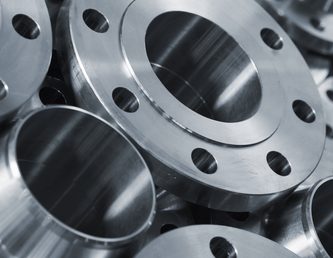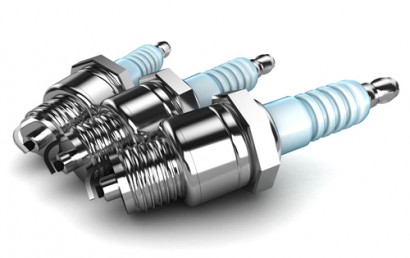4 Common Ceramic Materials Chosen For Plasma Spraying
When it comes to thermal spray coatings, one of the processes that is hard to miss is plasma spraying. At A&A Coatings, plasma spray is one of our thermal spraying specialties and we use the best-grade plasma spray materials for plasma spray coatings. Our plasma spray coatings are resistant to electricity, oxidization, heat, abrasion, corrosion and wear.
What is Plasma Spraying?
It is not an overstatement to say that plasma spraying is the most flexible process out of all the thermal spray processes.The process involves the spraying ofheat-softened and moltenmaterials onto a surface to form a coating. This powerful plasma spray coating technology offers exceptional bond strength and minimal distortion of the substrate.
Common Ceramic Materials used in Plasma Spraying Processes
Apart from chrome carbides and metal alloys, ceramic materials can be applied on substrates through the plasma coating process. Below are the four common choices that are available in the market today.
- Zirconia
The ceramics are often utilized in heat insulation applications where thermal barriers are required to extend the service lifespan and improve the operational efficiency of components in high temperature environments.This type of ceramic is generally plasma sprayed over an appropriate bond coat. In addition, stabilizers such as yttria, calcia, ceria and magnesiaare alloyed with the zirconia to minimize phase transformation. This prevents volume changes within the coating. Volume changes are known to cause coatings to crack during service.
- Titanium oxide
Compared to other alumina-based coatings, titanium oxide and its alloys are generally tougher, but has lower hardness at the same time. Titanium oxide based coatings are usually needed for parts that need lubricity and resistance to sliding wear. However, you should not use these coatings for parts that are subject to high temperatures that exceed 540 °C. Due to phase transformation, it could cause premature cracking in the coatings. To increase the wear resistance of titanium oxide, higher concentrations of alumina and chromium oxide are also added. At A&A Coatings, we have the experience to produce high quality and dense coatings that can be grounded to achieve smooth finishes.
- Alumina
Alumina based ceramics exhibit exceptional resistance to wear. This metal oxide ceramic is chemically inert and stable at high temperatures. Alumina also has different grades; medium to coarse grades can serve as a cutting medium and be used for coating knife edge seals in turbine applications. White alumina is a high purity grade and they have stellar dielectric characteristics. To increase overall coating toughness of alumina-based coatings, we can blend them with small to moderate amounts of titanium oxide.
- Chromium oxide
Chromium oxide can be used at service temperatures below 540 °C. This is possible due to their exceptional resistance to wear and chemical inertness. Typical applications of chromium oxide include textile manufacturing components, pump seals and laser engraved printing rolls. If chromium oxide is used with silicon dioxide and titanium oxide, you get enhanced abrasive wear resistance, toughness and overall cohesive strength. If you are looking for ceramics that have a higher thermal conductivity than zirconia based ceramics, chromium oxide is the answer you have been looking for.



